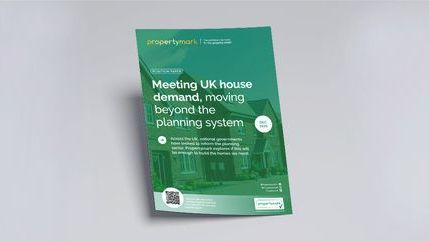
Previously, tenants would have had to gain the landlord's permission for a broadband operator to enter the building, with reports from broadband companies of around 40 per cent of requests for access to install connections receiving no response.
Providers will now be able to seek rights to access a property or shared land if the person required to grant access is unresponsive. The regulations create a new route through the courts and from the point where a company makes the first request to the landlord, it will take 35 days for this new rule to take effect.
The new process will also come into force in Scotland in the Summer of 2023.
New homes in England
The Building Regulations 2010 have been amended to ensure new homes constructed in England will be fitted with infrastructure and connections capable of delivering gigabit broadband – the fastest internet speeds on the market.
Updated regulations will mean that more people moving into new homes will have a gigabit-capable broadband connection ready when construction is completed, avoiding the need for costly and disruptive installation work after the home is built and enabling residents to arrange the best possible internet service when they move in.
Data referenced in the UK Government's technical consultation suggested that approximately 12 per cent, around 25,300 homes, still did not have access to a full-fibre connection upon construction in a typical year.
Building developers’ legal requirements
Developers will be legally required to future-proof new homes for next-generation gigabit broadband as standard practice during construction.
Connection costs will be capped at £2,000 per home for developers and they will work with network operators to connect developments to the gigabit network. It is estimated over 98 per cent of premises fall within this cap. If a developer is unable to secure a gigabit-capable connection within the cost cap, they must install the next fastest connection available.
Where a gigabit-capable connection is not available within the cost cap, gigabit-ready infrastructure, such as ducts, chambers and termination points, will need to be installed. This will ensure that homes are fit for the digital age but may not be connected straight away.




